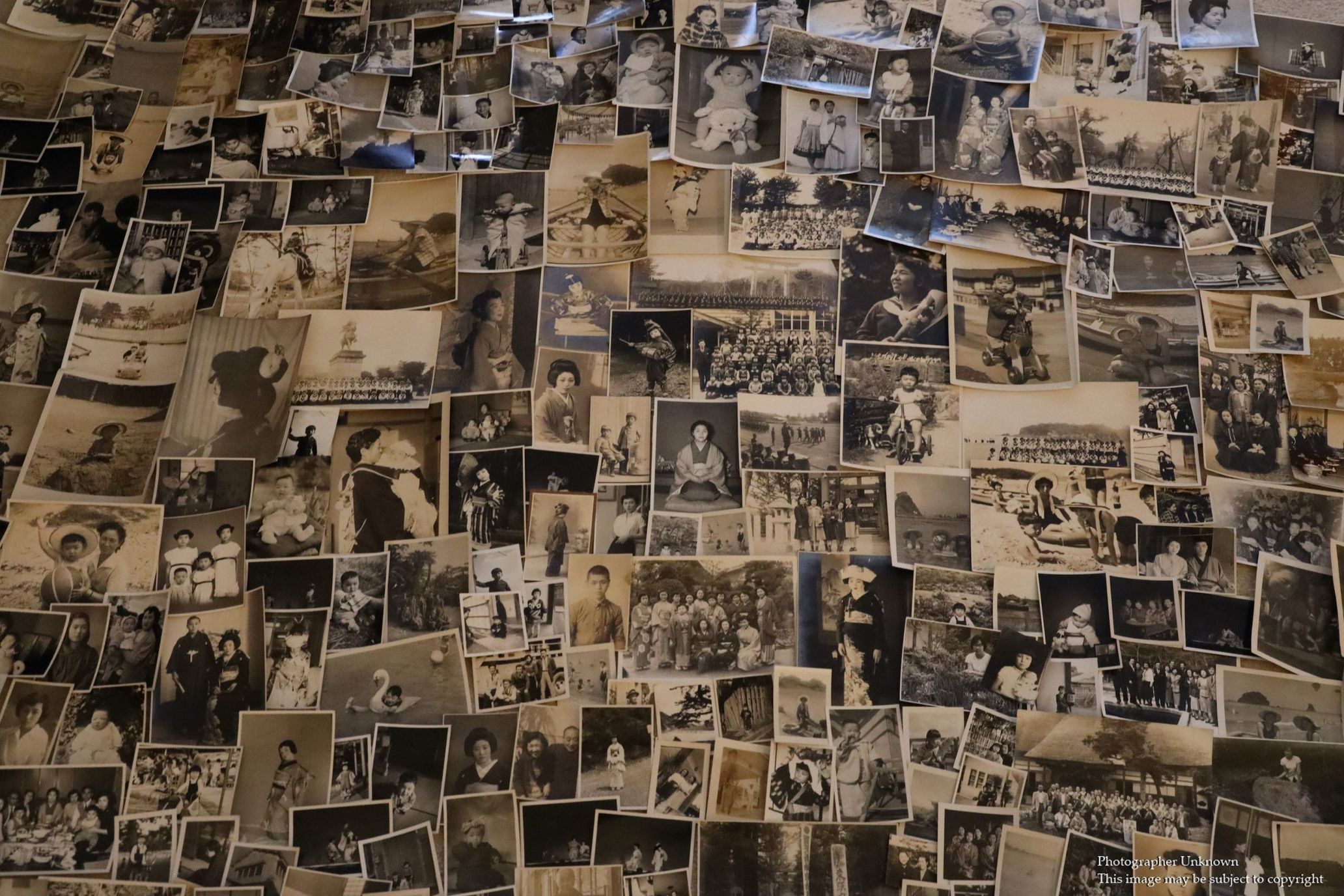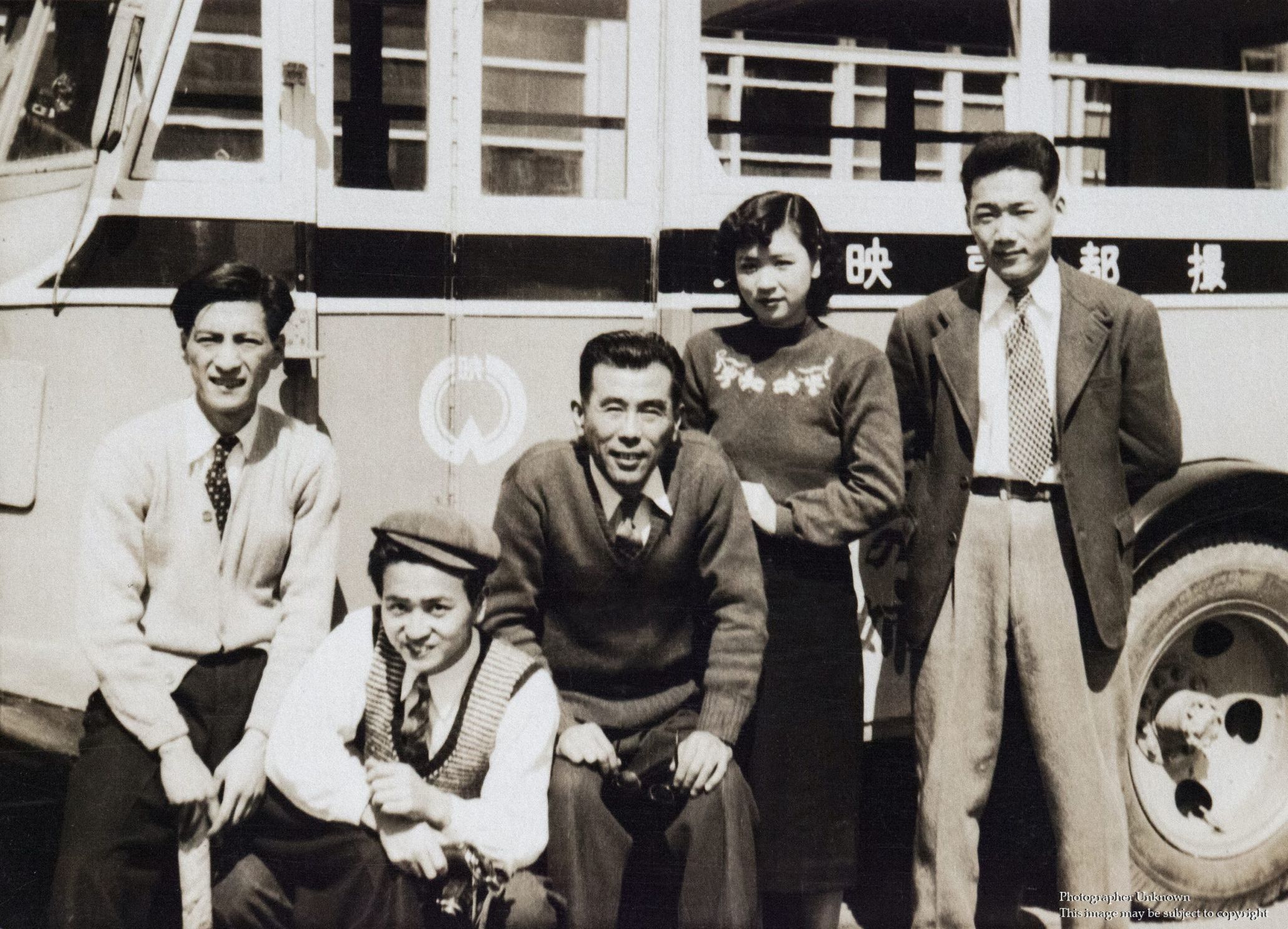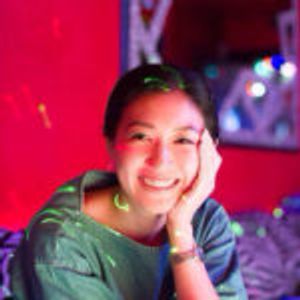In 2015, Mayu Kanamori came across more than 300 photos featuring Japanese nationals at a flea market in a rural town in Australia. The discovery led Kanamori, an artist based in Sydney, to launch a project, Untitled.Showa, to try to identify the people in the photos and the story behind them, for instance why they were found in Australia. Anyone can participate in the project.
Participants are asked to explore ways to identify the people in the photos and the photographers. The project’s goal is to return the photos to the people in the photos or to their families or to the copyright holder.
The idea of finding the rightful owners of these photos in Australia is interesting. There is, in fact, a genre in photography called “Found Photography,” which evolves around the recovery of unclaimed photos. Kanamori hopes that the project will help raise awareness and deepen understanding among Japanese and Japanese-Australians about the history of Japanese-Australians before and after the war. Kanamori has been living in Australia since the 1980s and has created works about the experience of the Japanese-Australians. She has also created pieces that are focused on collaboration with the Japanese-Australian community. Kanamori says, “the origin of the word ‘communication’ is ‘to share.’ I have been involved with a diverse group of people through my work and have shared their experiences.” I asked Kanamori about her thoughts on diversity and identity.
The Importance of Involving Others Through Dialogue
ーーYour project Untitled.Showa has received many comments and input from people since its launch. What is the status now?
Mayu Kanamori: A lot of people, mainly from Australia and Japan, are involved in the project. They have good will and curiosity. The students from Kwansei Gakuin University’s Tsuda Lab conducted extensive research, and found out that one person in the photo was wearing a uniform from Notre Dame University Elementary School in Kansai area. We are making an inquiry now. We haven’t been able to identify an individual yet, but we can identify the schools with any photos that include school uniforms. There were also many photos taken at the Daiei Film Studio in Kyoto. We are in touch with the Daiei alumni group.
ーーHow did people find out about the project?
Kanamori: We first created the website and organized a workshop using Zoom with Australians, who are interested in Japanese art. People found out about the website by word of mouth and social media. There are two ways to get involved in the project. One is to come up with a creative response. Artists or community members can create texts and work inspired by the photos. The other is to participate in the research into the photos. I may have been able to do it by myself. However, we were in lockdown and had to stay at home. Given the circumstances, I thought it was meaningful to have a project that moves forward by engaging people and having dialogue.
ーーI heard that you are organizing an exhibition in Kyoto in September. Is that because a lot of the photos were taken in Kyoto area?
Kanamori: That is part of the reason. The family members of the people in the photos are probably living in Japan and it is important to organize an exhibition in Japan to return the photos. People in Australia are involved in the project out of good will and a desire to return the photos to the owners. This project created an opportunity to further deepen the Japan-Australia relations and promote the history of Japanese-Australians.
To Feel Connected to the Japanese Immigrants in the Past
ーー What would you like to convey through this project?
Kanamori: I want to connect the post-war Japanese-Australians and the descendants of pre-war Japanese-Australians families. There are many people with Japanese heritage in the U.S., Canada, Brazil, and other countries around the world. Australia has a similar history to the U.S. and Canada. The Anglo-Saxons colonized the land where the indigenous people lived. It was followed by the gold rush and people of color immigrated. These people worked in timber and fishery in the U.S. In Australia, they worked in pearling and sugar cane industry. Later, they started to have families and their community was formed. However, the Japanese-Australians and immigrants from Japan were detained during World War 2. The number of Japanese-Australians is much lower compared to other countries, but there were Japanese-Australians, who were deported to Japan even though they had never lived there. The Pacific War created anti-Japanese sentiment, so some people hide their Japanese-Australian identity. After that period, the war brides were allowed to come to Australia and we saw an increase of Japanese moving to Australia voluntarily in the 1980s. The most common thing nowadays is a marriage between an Australian man and a Japanese woman. We also see a new generation of Japanese-Australians. Since Japan and Australia now have amicable relations, they usually don’t know about the war and what happened to the Japan and the Japanese-Australian in the past. I met an Anglo-Saxon Australian from Geelong. He said that his great-grandfather was Japanese. He said that other Japanese families from Geelong had changed their family names from Japanese to an Anglo-Saxon one because of the anti-Japanese sentiment at that time. Some have only decided to disclose this now.
One of the reasons I am implementing the activities in English and Japanese is to connect to people of Japanese heritage, some of whose ancestors had no choice but to hide their identity as Japanese-Australians after the war. Others, for instance, are children of war brides, whose mothers did not teach them the Japanese language, in line with Australia’s assimilation policies of the time. There are many people who are interested in the project, but most of them don’t speak Japanese. On the contrary, the new generation of Japanese-Australians may find it hard to participate if the project is in English, so I added Japanese to the website.
ーーPeople say that your work represents the Japanese-Australian history. How did you become interested in the Japanese-Australians?
Kanamori: I visited Broome in Western Australia for vacation and met a descendants of Indigenous Australians and Japanese peoples. Pearl shell harvesting was flourishing in the late 1880s and the Japanese came to work as divers. This led me to make the documentary The Heart of the Journey about Lucy Dann, who was born between an Aboriginal mother and a Japanese father. The next opportunity came when I visited the Japanese cemetery in Townsville, which is the first town in Australia to have a Japanese consulate. Many Japanese lived there from the late 1880s as contracted immigrants working as laborers growing sugar cane. However, when I visited their graves, they were in poor conditions because there had no family members to care for them. The Chinese and Jewish graves in adjacent sites had been cleaned and had new headstones. When I saw this, I felt that I had to do something as a Japanese-Australian. That let me to organize In Repose with my friends, who are Japanese-Australian artists. The project lasted for three years. We organized performances and workshops at the Japanese cemetery and other places. Some of the new generation of Japanese-Australians started to visit the Japanese cemetery after the project.
Experience as the Minority Constructed My Identity
ーーWhat motivates you to move forward with the projects?
Kanamori: I want Japanese-Australians and the Japanese people to know about the contributions made by people of Japanese heritage before the war, and I want them to be proud of that. We often say that “Here and now is all that counts”, but we need to know the history to think about the future. Many people know that we can change the future when each individual start to act differently in the here and now. However we could also say that depending on how we view the past in this present moment and how we act, we can also change the past. Through Untitled.Showa, the past narrative of the photos could be transformed, and I believe that what we do today will change the history of Japanese-Australians.
ーーWhether you are Japanese or Australian, or both, we live in a world with diversity. Where is your home and what are your thoughts on identity?
Kanamori: For me, home is where my loved ones reside and I have several homes. Identity is multi-faceted and is always affected by the surrounding environment. It’s not always about the country where your parents were born or your race. You become aware of your identity when you have experience as a minority or become involved with minorities. The other day, I had an interesting experience at a workshop. We were working in small groups. One group was formed with four young Asian Australians and one Anglo Australian. I heard one person in the group saying, “I want to talk about identity politics.” The Anglo-Australian woman said, “I know you have an identity, but this is a topic that is hard for me to feel relevant.” The Asian Australians have experience as minorities and grew up thinking about identity since childhood. On the contrary, I felt that the young Anglo Australian woman, who grew up as a majority, never had an opportunity to think about identity. Perhaps you can say the same thing about Japanese people living in Japan. They probably don’t have too many opportunities to think about identity.
Mayu Kanamori
Kanamori (b. 1963) is a Japanese artist living in Sydney. She was born in Tokyo and studied philosophy at Toorak College, Melbourne. After working as a manager for the Tokyo bureau of The Sydney Morning Herald and The Age, she became a photographer. Kanamori is engaged in a diverse range of work using photography, videography, playwriting, poetry writing to performance making. Her film The Heart of the Journey (2001), which is about an Aboriginal woman’s journey to find her Japanese father, received commendation in the 2000 United Nations Association of Australia Media Peace Awards in Promotions of Multicultural Issues and other awards.
https://mayu.com.au
Translation Fumiko.M





